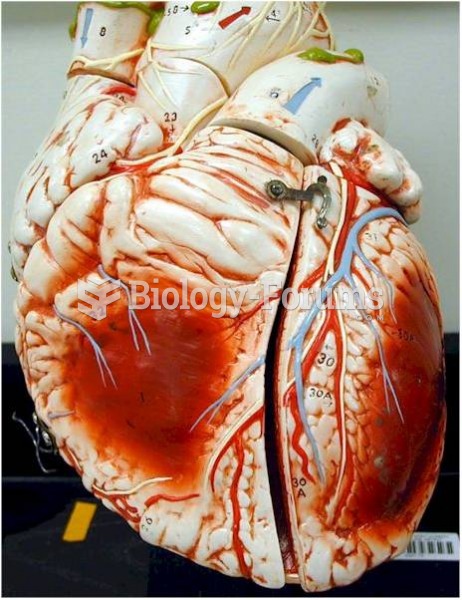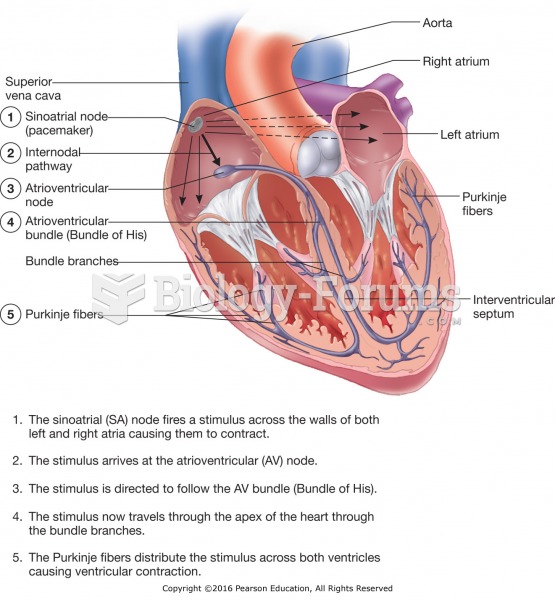Answer to Question 1
Correct Answer: 4,5
Rationale 1: Angina is a mismatch between myocardial oxygen supply and oxygen demand. Decreasing brain oxygen consumption will not help correct this problem.
Rationale 2: Angina is a mismatch between myocardial oxygen supply and oxygen demand. Increasing contractility will increase myocardial oxygen supply, making the angina worse.
Rationale 3: Angina is a mismatch between myocardial oxygen supply and oxygen demand. Increasing blood flow to peripheral blood vessels does nothing to correct this imbalance.
Rationale 4: Angina is a mismatch between myocardial oxygen supply and oxygen demand. A basic antianginal strategy is to increase oxygen supply by increasing blood flow to the coronary arteries.
Rationale 5: Angina is a mismatch between myocardial oxygen supply and oxygen demand. A basic antianginal strategy is to decrease myocardial oxygen demand.
Global Rationale: Angina is a mismatch between myocardial oxygen supply and oxygen demand. A basic antianginal strategy is to increase oxygen supply by increasing blood flow to the coronary arteries and to decrease myocardial oxygen demand. Decreasing brain oxygen consumption will not help correct this problem. Increasing contractility will increase myocardial oxygen supply, making the angina worse. Increasing blood flow to peripheral blood vessels does nothing to correct this imbalance.
Answer to Question 2
Correct Answer: 4
Rationale 1: Dilation of veins reduces the amount of blood returning to the heart (preload). Decreased preload also causes a decrease in myocardial contractility. Both of these effects will lower cardiac output.
Rationale 2: Nitroglycerine can dilate large arteries but not arterioles, so it cannot increase coronary perfusion to the heart.
Rationale 3: Dilation of veins reduces the amount of blood returning to the heart (preload). This will have no direct effect on heart rate.
Rationale 4: Dilation of veins reduces the amount of blood returning to the heart (preload). Decreased preload causes a decrease in myocardial contractility due to Starling's law of the heart, reducing myocardial oxygen demand.
Global Rationale: Dilation of veins reduces the amount of blood returning to the heart (preload). Decreased preload causes a decrease in myocardial contractility due to Starling's law of the heart, reducing myocardial oxygen demand. Nitroglycerine can dilate large arteries but not arterioles, so it cannot increase coronary perfusion to the heart. Dilation of veins reduces the amount of blood returning to the heart (preload). This will have no direct effect on heart rate.







